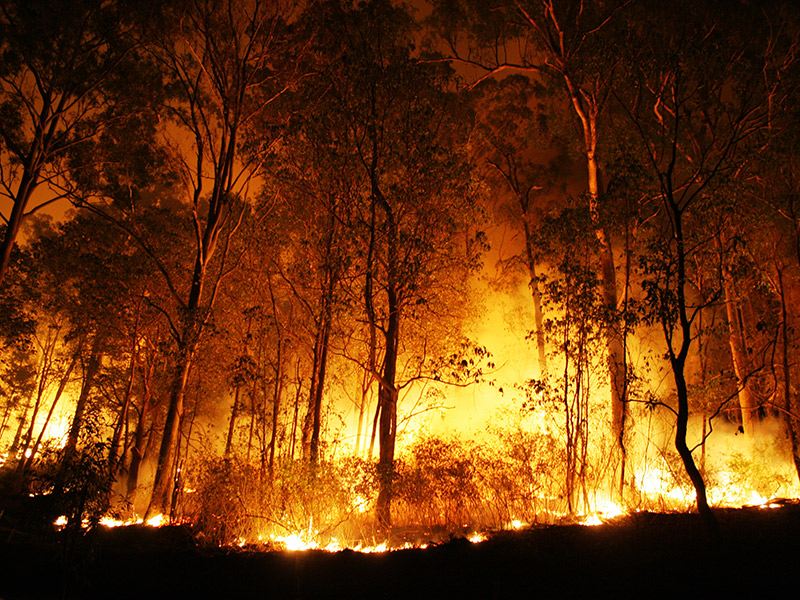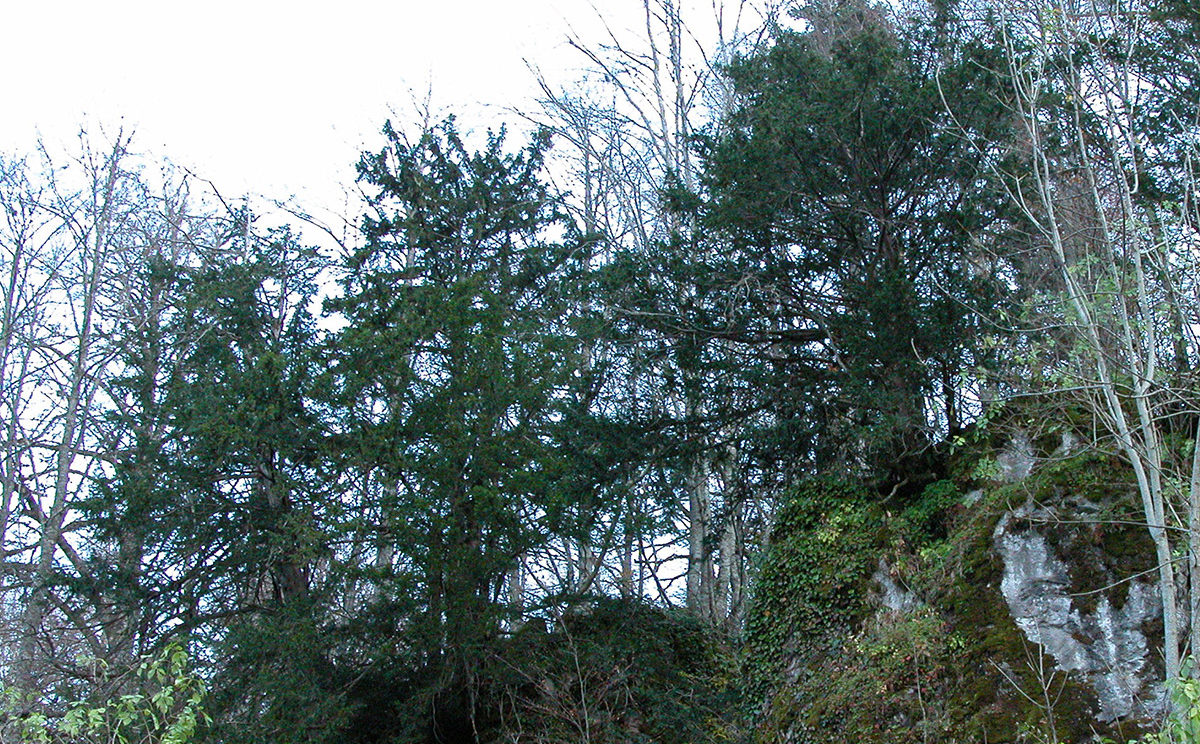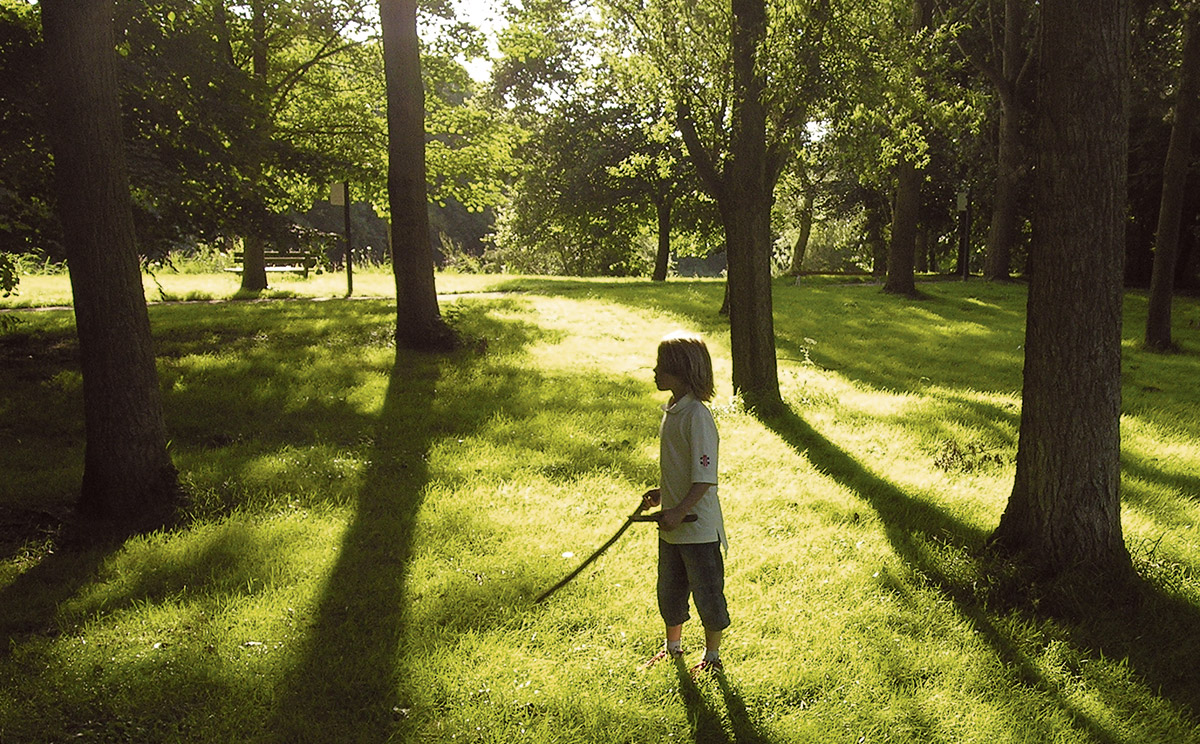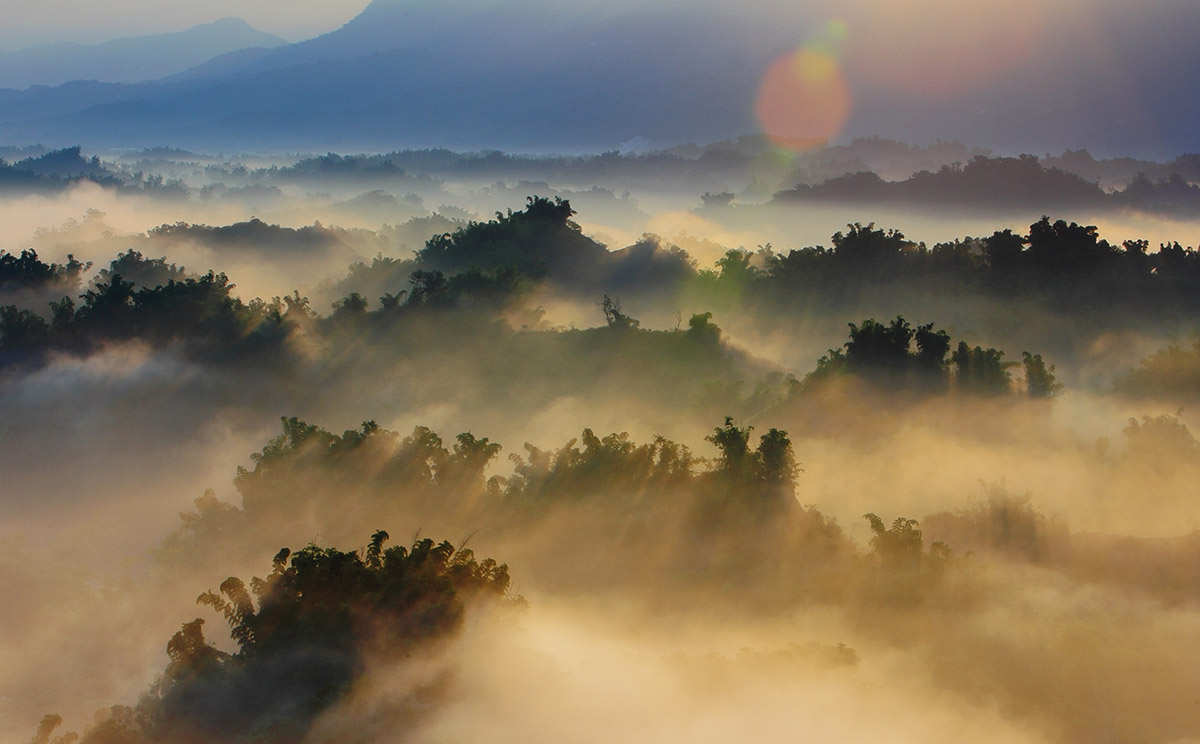Forest fires and their causes
July 2012
The summer of 2010 became a ‘once a century’ disaster for Russia: the country had to fight over 600 severe forest fires, more than 50 people died. At the height of the incineration almost 200,000 hectares (494,000 acres) were aflame. In the following year, too, disastrous fires swept over vast areas [1]. And in summer 2012 again: in the Amur area alone more than two million hectares (five million acres) of forest were destroyed [2].
Of course, this has something to do with a global trend for higher temperatures and changing rain patterns (‘global warming’) that also wipes out eucalyptus forests in Australia, causes a prolonged drought in the southwest of the US, killing over five million urban shade trees in 2011 in Texas alone [3], and has caused even two ‘once a century’ droughts in the Amazon Basin. But insiders know that the heavy forest fires in Russia are no surprise but rather the quittance for a neglected national forest management: a few years ago, the new national forest law abolished the majority of local forestry offices. How the risk of forest fires is enhanced by forest mismanagement has been shown by recent studies in the USA.
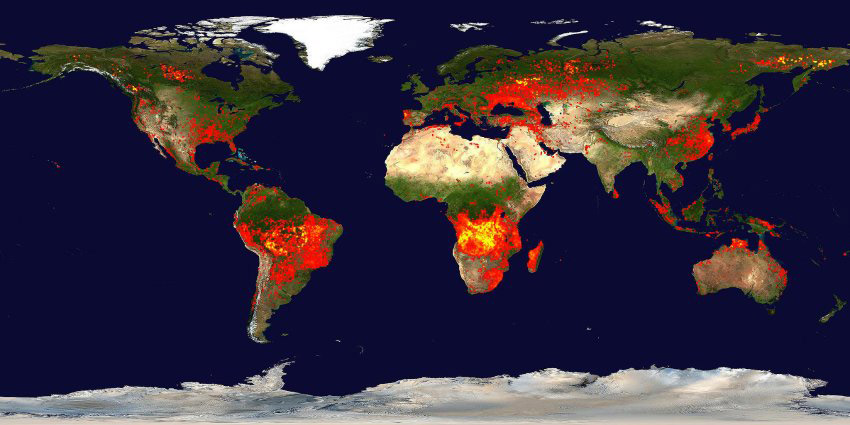
red: very often, yellow: most often
The USA too are struggling with ever more severe and bigger fires, mainly in the Southwest. Arizona, New Mexico and Texas have become so dry that huge, explosive fires consumed millions of acres of vegetation in the summer of 2011. The role of ‘climate change’ in this is still unclear, the more immediate cause seems to be the intermittent weather pattern called La Niña. What experts do see is that some areas that are burning this year may never return as forest — they are more likely to grow back as heat-tolerant grass or shrub lands. It is also becoming clear that the wide-spread method of clearfelling contributes to wildfires because the resulting landscape of brushwood and young trees is more susceptible to drought and catching a spark than the old trees with their developed roots and fire-proof bark.
There is also an emerging scientific consensus about another form of forest mismanagement: by suppressing the (natural) mild ground fires that used to clear out underbrush and limit tree density, many US forests are now hopelessly overgrown with brushwood. During droughts, such areas become tinderboxes. In some areas the dense brushwood has become so high that fires also damage the crowns of the old trees – which had been safe from most fires when the forests had been managed by nature.
The government agrees that many forests throughout the West need to be thinned, and some environmental groups have come to agree too. But the small trees and brush have little commercial value, especially in a weak economy, and funding for the thinning is thinning itself. For the time being, the Forest Service can treat only small sections of forest that pose the biggest threats. [4]
sources:
[1] Spiegel Online, Juli 2011 ( German)
[2] Spiegel Online, Juli 2012 (German)
[3] Jim Robbins, Why Trees Matter, NY Times, April 11, 2012
[4] Justin Gillis, With Deaths of Forests, a Loss of Key Climate Protectors, NY Times, Oct 1, 2011
